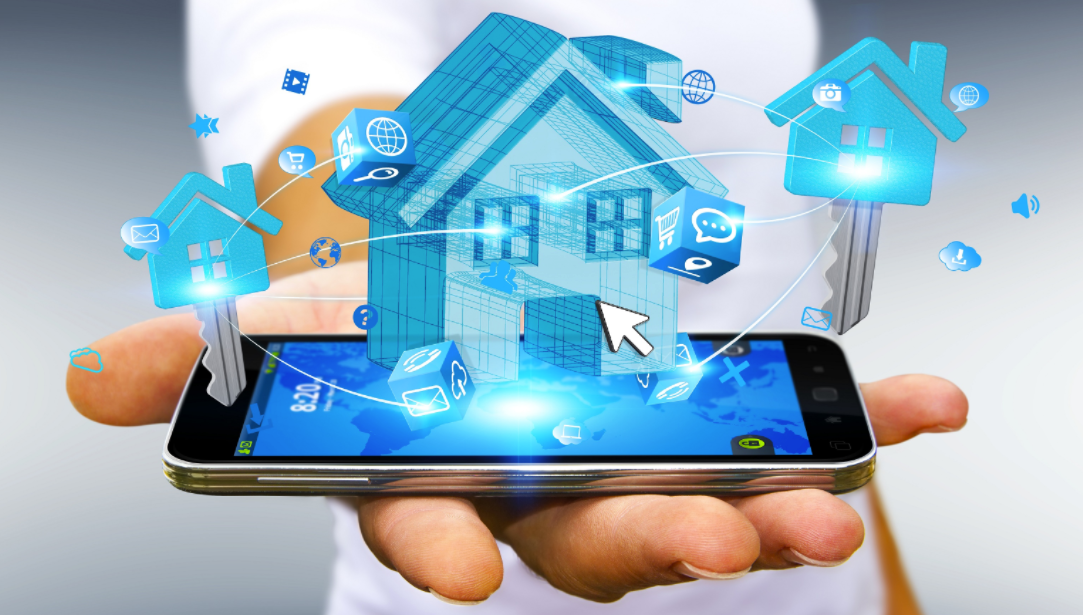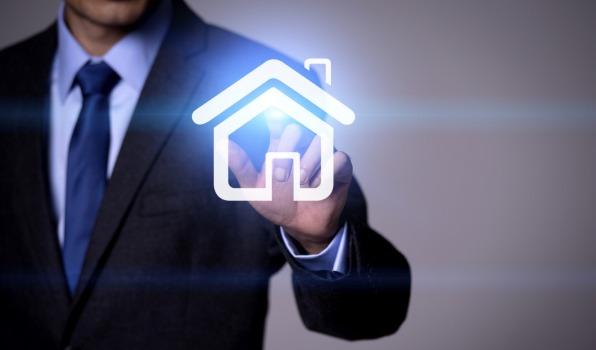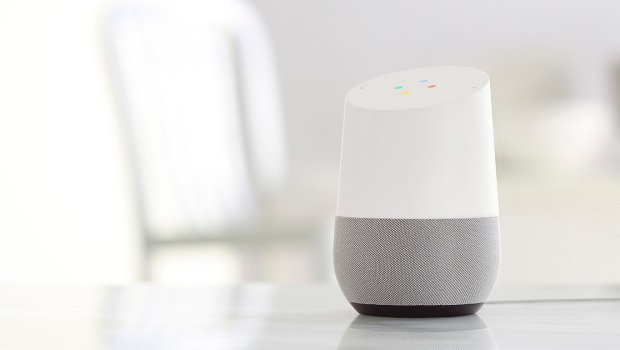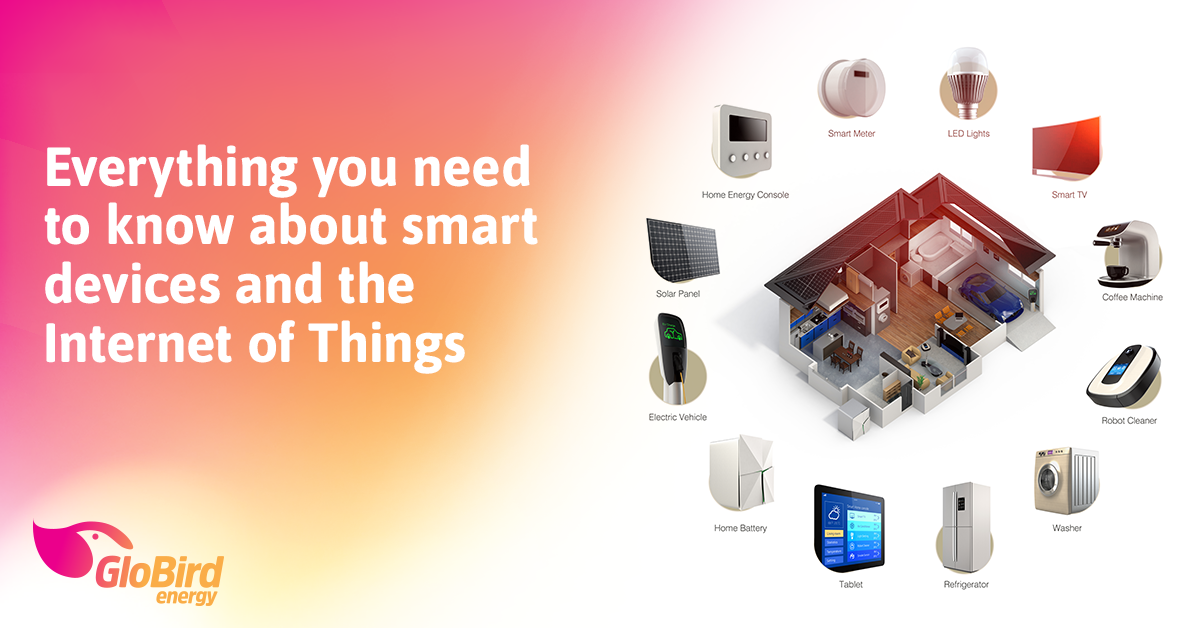In the mid-80s, some primitive tech gurus came up with the idea of automating things around your home. We say primitive, because home automation has come a very long way since those days, when you essentially needed a dedicated server in your house and lots of wiring, not to mention a skilled technician to do the programming.
That initial version of home automation was complex, inflexible, and quite expensive – tens of thousands of dollars for even a standard home, and into six figures for up-market, bespoke houses.
As we know, technology has taken quantum leaps forward over the past 15 years or so, to the point where people now almost expect there to be an app for everything!

Smart products have changed our lives
The first step to a smart home or connected home is smart products. According to the Harvard Business Review, smart products are those that “combine hardware, sensors, data storage, microprocessors, software, and connectivity in myriad ways”.
As the authors of that article point out, the vast improvements in processing power and device miniaturisation, coupled with “ubiquitous wireless connectivity” have resulted in:
-new functionality;
-greater reliability;
– higher product utilisation; and
-capabilities that cut across traditional product boundaries.
In other words, as technology has empowered manufacturers to make far more capable products, those products have allowed us to change the way we live.

The difference between a Smart Home and a Connected Home
Now we have all these devices and appliances and ways to control and connect them, but do you want a Smart Home or a Connected Home?
It’s easy to confuse the two – or think both terms refer to the same thing – but the essential difference is that you control a Connected Home while a Smart Home controls itself (scary as that might sound!).
Having things like your security system, your heating and cooling, your lighting, your home entertainment system, even your fridge and your blinds, connected can be enormously useful, saving time and being more energy efficient.
However, if you still need to intervene by controlling the timing, even switching them on or off, using a remote-control device (which may be your smartphone or a tablet, of course), then the convenience only reaches a certain level.
On the other hand, when your home is smart enough to open the blinds when it’s time to wake up, put the kettle or coffee maker on when you get in the shower, have the fridge place an online order when you’re out of milk (or before you run out of beer!), and switch on your security system when your car is, say, 30 metres away, that’s smart.
The starting point for the Internet of Things
The Internet of Things (IoT) basically refers to the connection of devices other than computers and smartphones to the internet. Cars, kitchen appliances, security systems, even heart monitors, are already part of the IoT.
According to Business Insider Intelligence, there will be more than 24 billion IoT devices on the planet by 2020. That’s about four devices for every human being!
Almost every industry will be impacted, not least due to security and privacy concerns. We’re already hearing stories of hackers getting access to sensitive government, business, and personal data; imagine what a field day hackers will have if we don’t get the IoT set up right!
Every major technology company is investing billions in the IoT, with some of the leading existing platforms being Amazon Web Services, Microsoft Azure, IBM’s Watson, Cisco IoT Cloud Connect, and GE Predix.
It’s happening, whether we’re on board or not
You only have to see and hear how heavily Amazon is promoting it’s Alexa devices while Google is doing the same with Google Home to know that we’re heading into the voice-activated, handsfree, wireless era.
There are a number of local companies that specialise in home automation, smart devices, and the burgeoning Internet of Things, and more and more reviews of and articles about the best Smart Home devices.
For example, this CNET article reviews 20 devices, spanning home security, LED lightbulbs, blinds, smart locks, smart thermostats, robot vacuum cleaners, leak detectors, entertainment systems, and Amazon, Google, Apple, and other manufacturers.

Should we adopt Smart Home technology?
Greater control of all sorts of devices is attractive, but will it make a big difference (other than meaning we can switch things on and off without being home … or without getting off the couch)?
The big benefit to us all, individually and collectively, should be efficiency. By being able to monitor usage and related energy consumption, our Smart Homes will learn to optimise things to not only use less power but also flag potential issues before any real damage is done or major repair downtime is required.
Ultimately, our smart devices will communicate directly with the companies that make or service them when routine maintenance is due, and that maintenance – and any troubleshooting – will be done remotely, without the need for a technician to come to our homes.
Reduced running and service costs sounds like a win to us.
